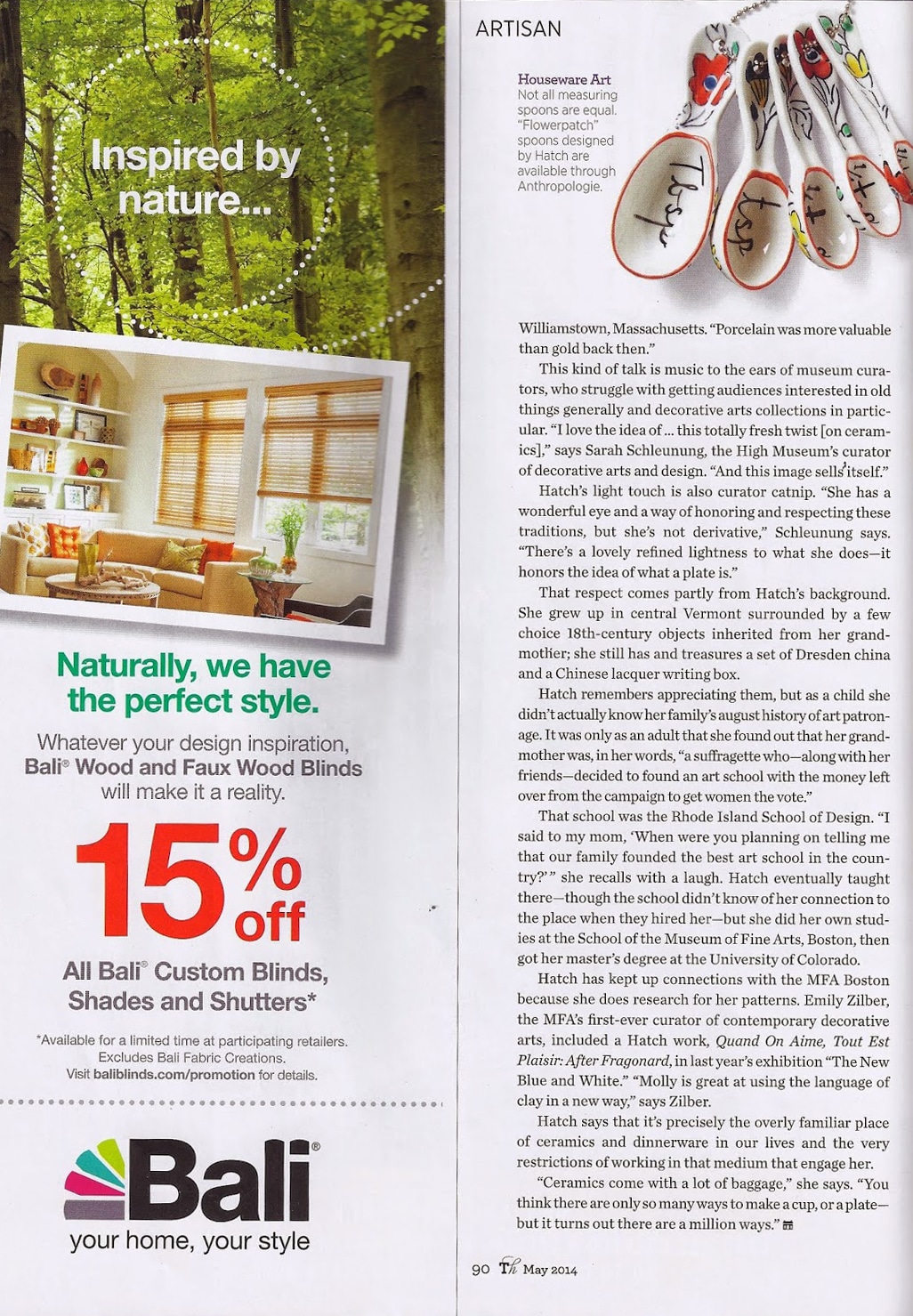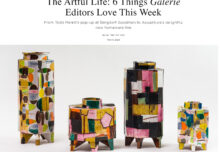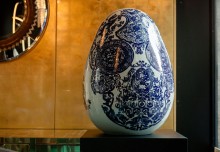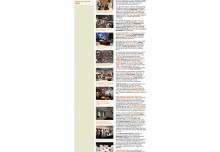Traditional HomeFull PlateMay 2014
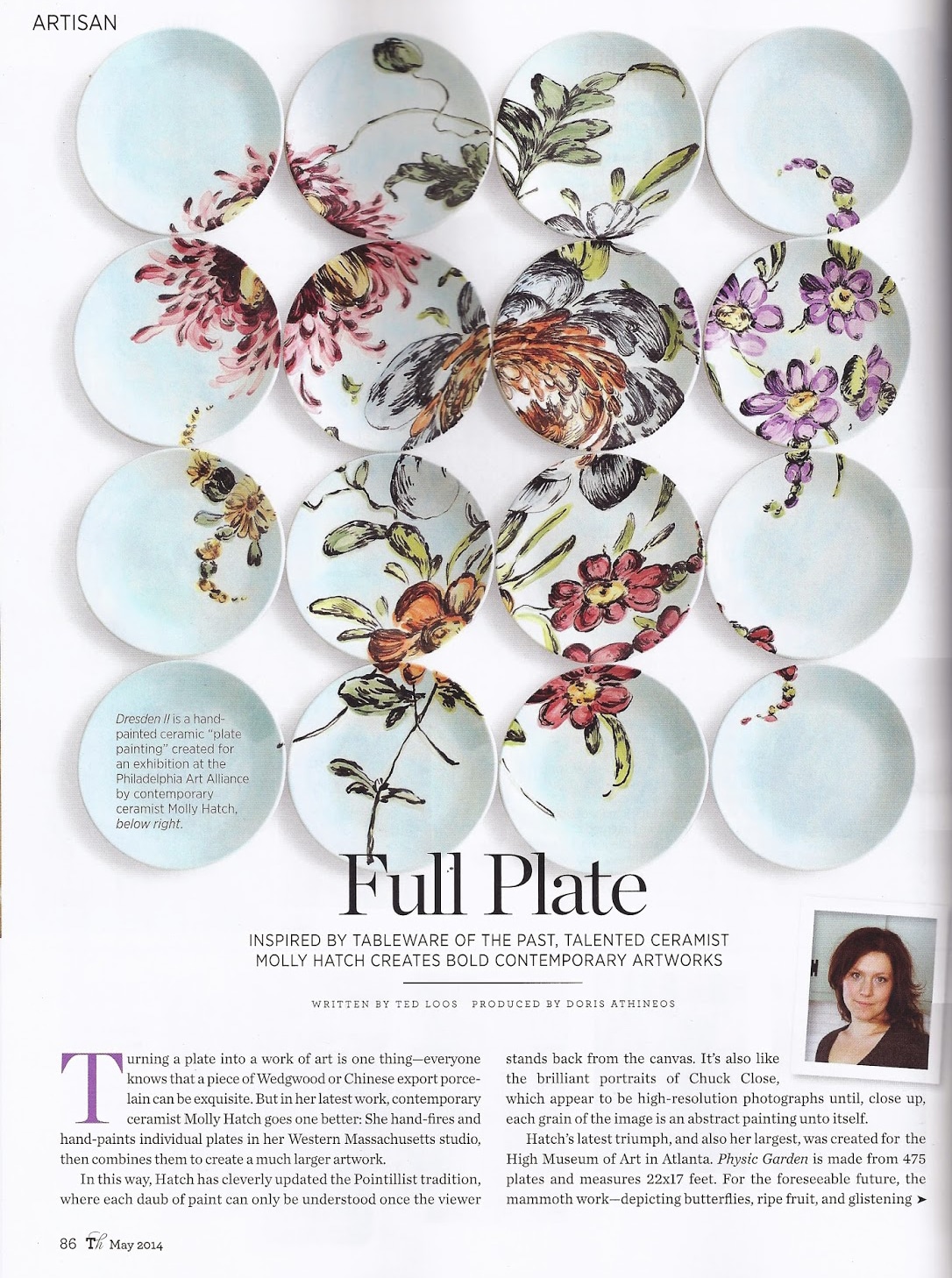
Dresden II is a hand-painted ceramic “plate painting” created for an exhibition at the Philadelphia Art Alliance by contemporary ceramist Molly Hatch, below right.
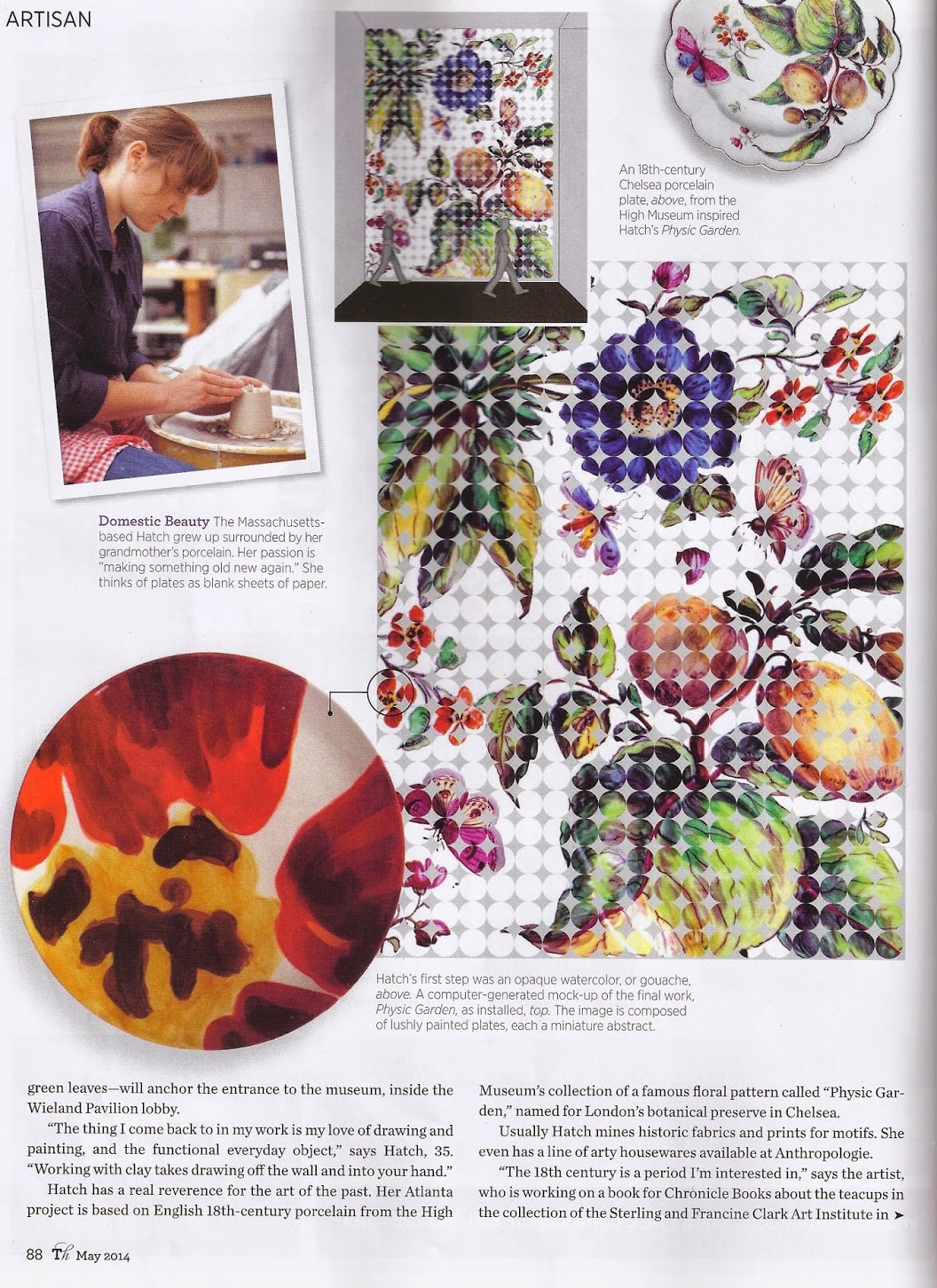
Domestic Beauty The Massachusetts-based Hatch grew up surrounded by her grandmother’s porcelain. Her passion is “making something old new again.” She thinks of plates as blank sheets of paper.
An 18th-century Chelsea porcelain plate, above, from the High Museum inspired Hatch’s Physic Garden.
Hatch’s first step was an opaque watercolor, or gouache, above. A computer-generated mock-up of the final work, Physic Garden, as installed, top. The image is composed of lushly painted plates, each a miniature abstract.
Todd Merrill Studio
80 Lafayette Street
New York NY 10013
Phone: 212 673 0531
80 Lafayette Street
New York NY 10013
Phone: 212 673 0531
Todd Merrill Summer Studio
11 South Main Street
Southampton, NY 11968
Phone: 631 259 3601
11 South Main Street
Southampton, NY 11968
Phone: 631 259 3601


